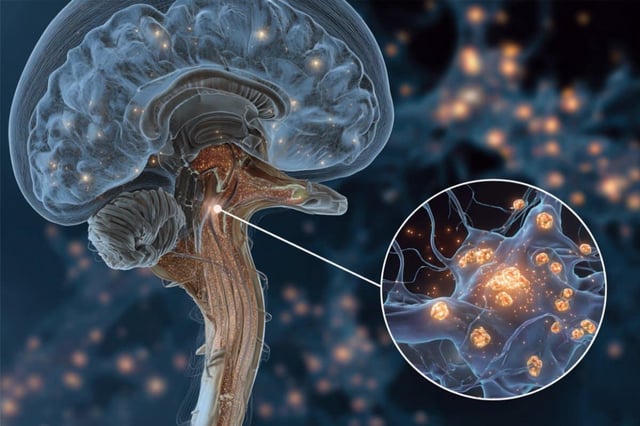Overview
- The brainstem’s medullary dorsal horn contains projection neurons that activate an intrinsic braking system to dial down pain signals during acute inflammatory pain.
- Researchers pinpointed the A-type potassium current (IA) as the key mechanism behind this brake, as IA increases to reduce neuron excitability in short-term pain.
- In chronic pain lasting longer than three months, IA fails to ramp up, causing neurons to become hyperactive and keep sending pain messages.
- Failure of this natural brake may serve as a biological switch that turns temporary pain into a persistent, long-lasting condition.
- Restoring or mimicking the A-type potassium current presents a promising new strategy for developing targeted therapies against chronic pain.
